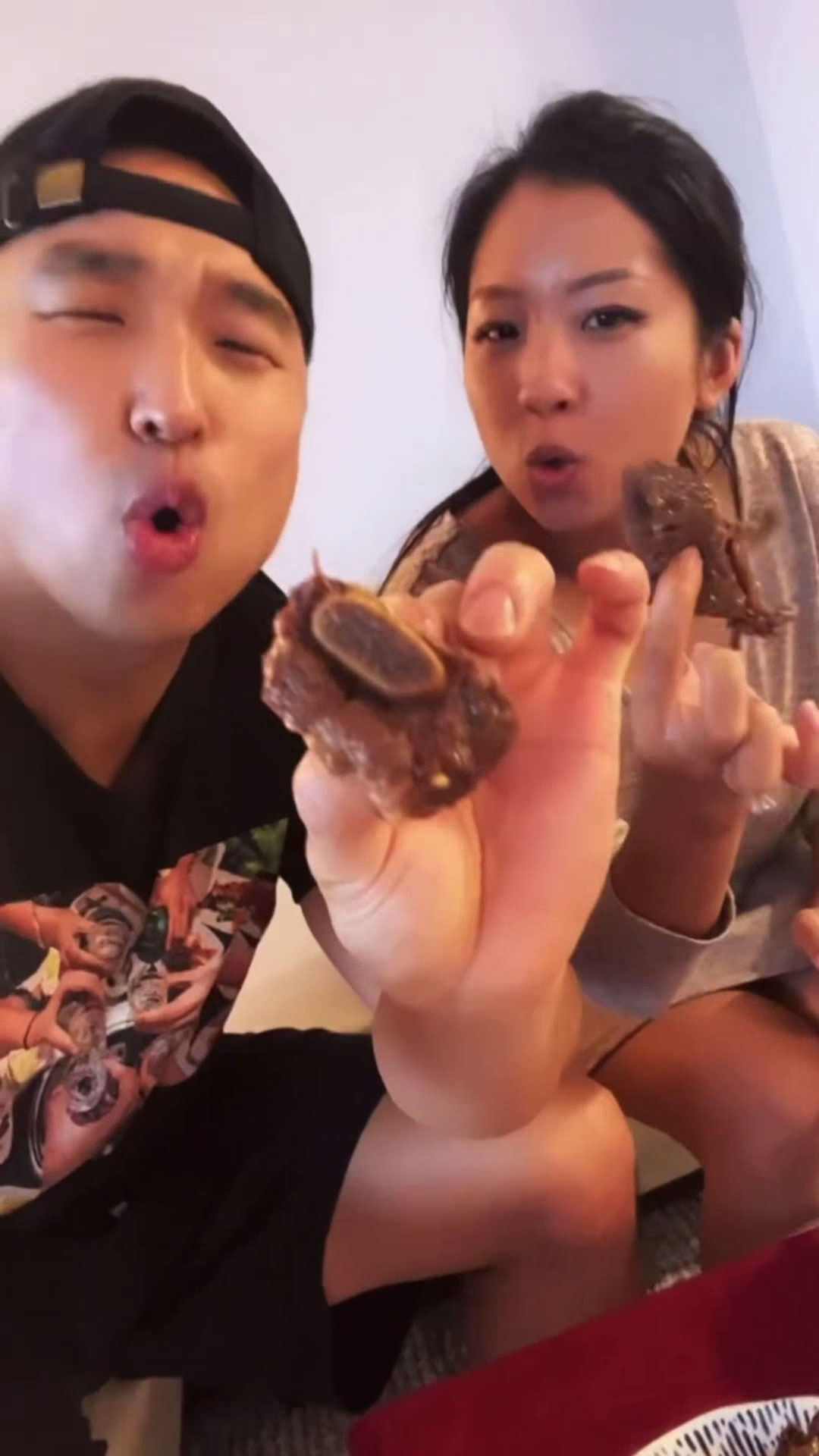
Braised Short Ribs or Galbi Jjim is a throw-it-and-leave-it type of dish. The beautiful thing about this dish is that it’s easy but super special at the same time. We commonly serve during special occasions — Lunar Year, Chuseok, or Birthdays, name it and this is definitely on the menu.
This is savory, sweet, healthy, and bad for you all at the same time. The main reason is that this stew gets a lot of its natural flavors from ingredients like carrots, radish, garlic, onion, ginger, pear, cinnamon, mushrooms, and chestnuts. The broth (or the sauce) comes out so good, you’ll get another bowl of rice. That’s why it’s bad. Kakaka~
The Short Ribs
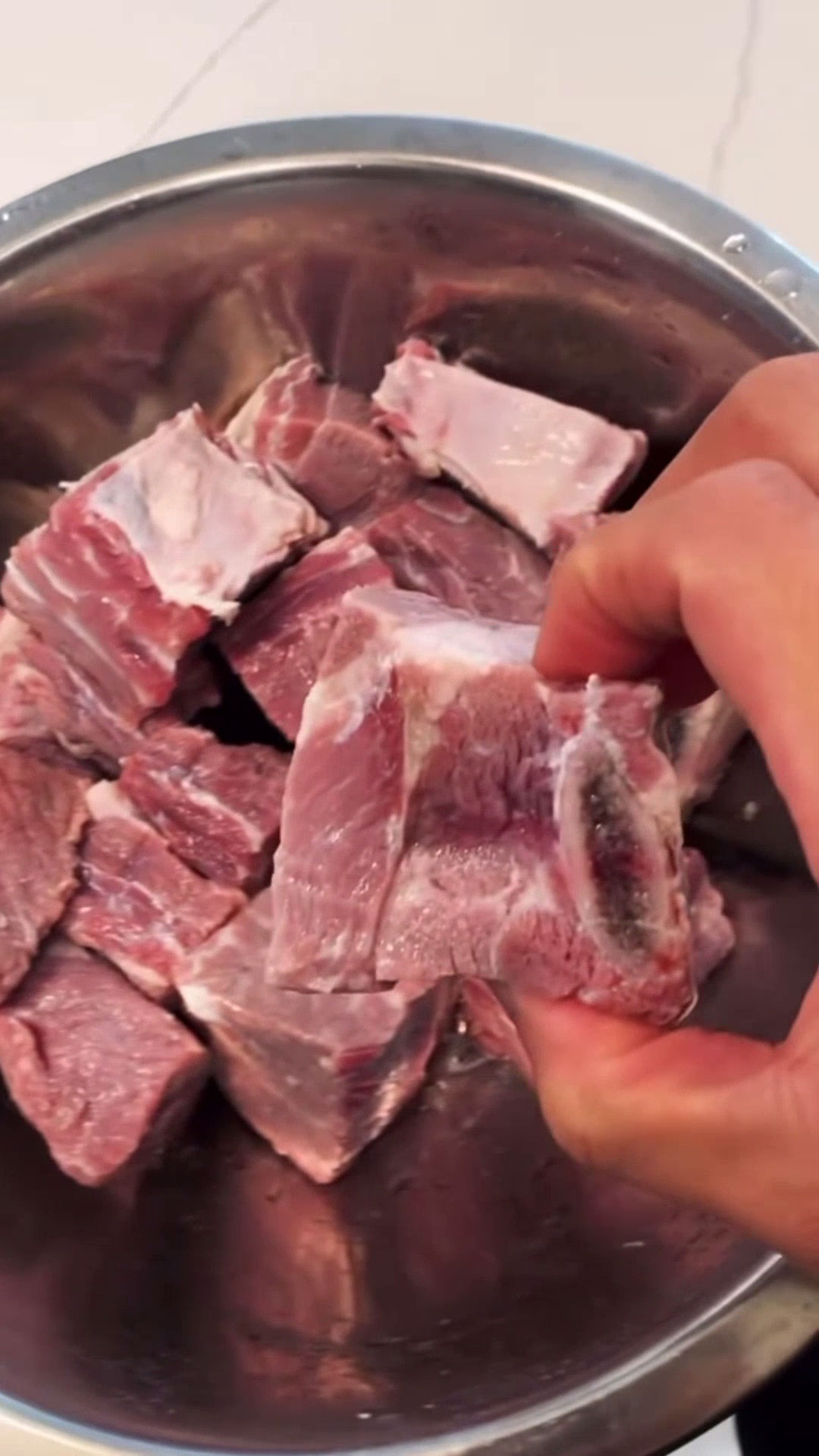
The main meat used in this dish is beef short ribs. The type of cut for the short ribs should be 2 inches x 3 inches across the bones and the fat should be trimmed. Usually, this is available prepackaged at Hmart, otherwise, you can ask your local butcher for that kind of cut. When you choose the slab you will have the butcher cut, keep the bones, and don’t remove the silver skin as this will both help make the broth super tasty and the meat intact.
To prepare the meat for braising, the traditional way halmonis and ummas would make it is to soak the meat in water for a minimum of an hour. This way, you remove the iron which sometimes turns into impurities and has a metallic odor when cooked.
The Galbi Jjim Sauce
Disclaimer: I get a small commission at no additional cost to you when you make a qualified purchase under the affiliate links.
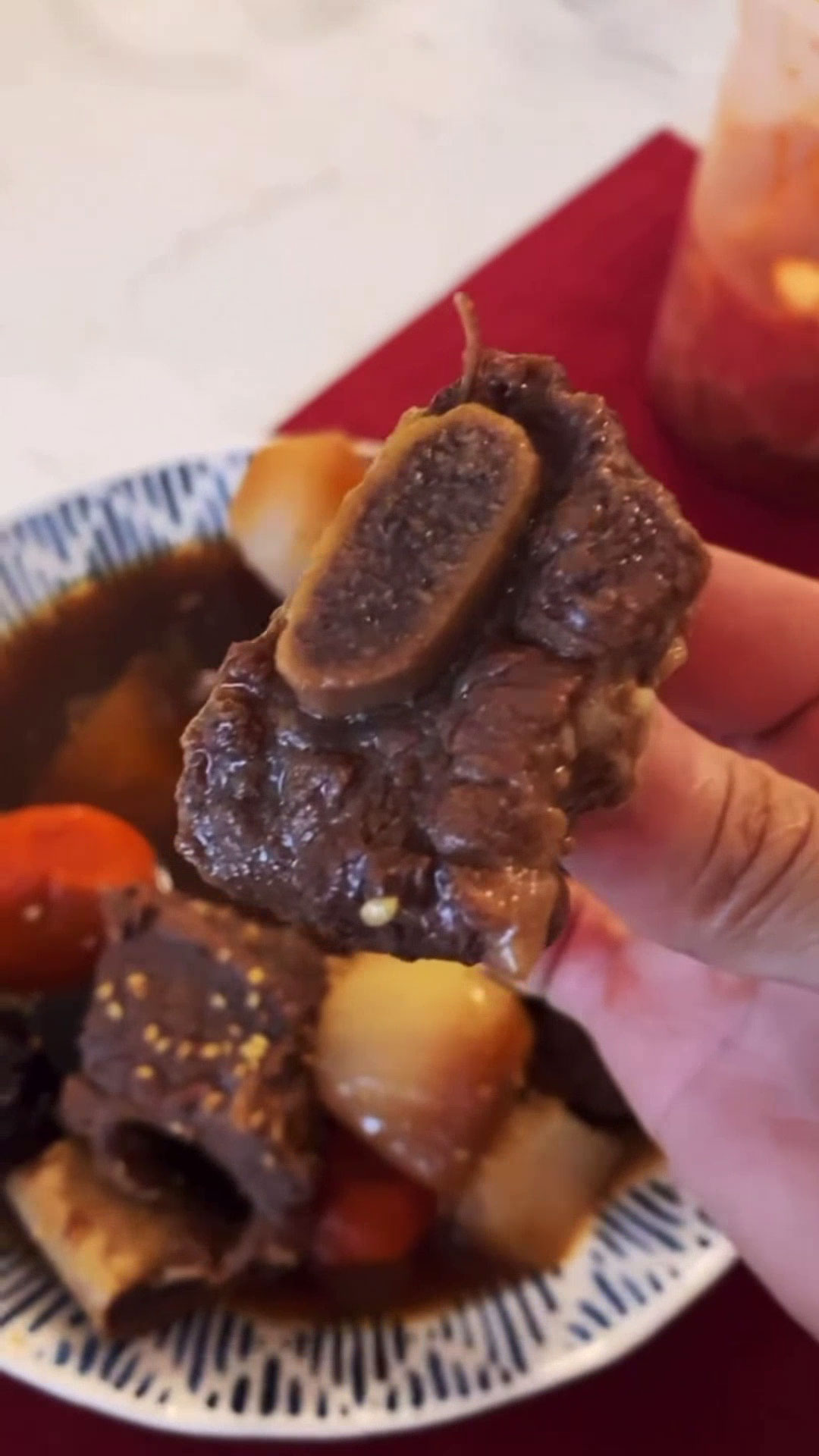
For the sauce, it will sound like a lot of work because there are quite a number of ingredients we’ll be using. But it is definitely worth it because the outcome is deep in all kinds of flavors! Some of the main things you need are…
- Soy Sauce. For this recipe, you’ll only be using the regular type of soy sauce. I personally like Sempio, Kikkoman, or Lee Kum Kee, but any regular type is good to go. This will give umami and a beautiful color to the dish.
- Brown Sugar. In actuality, you can use white sugar or sugar substitutes, but brown sugar is just the OG way to do it. It will balance all the saltiness from the soy sauce.
- Cinnamon Stick. Cinnamon is not often used in broths, but one small stick helps make the broth richer in terms of sweetness and spice.
- Korean Radish. The radish will add a refreshing taste to the broth. During the winter, Korean radishes are at their peak, so it’s the perfect time to use them. However, if that is not available, you can use regular radish or turnip in place of it. The radish will also beautifully soak in all the sauce which will make it super tasty.
- Scallions. For this recipe, there is no need to cut them, and you can just throw the whole stalk with the broth. Know how good it smells when you saute scallions?? Just imagine it getting boiled in that broth!
- Mirin. Mirin is sweet rice wine. While it has alcohol content, it is mainly sweet which makes helps the sauce get a beautiful glaze when you cook it down. It also helps reduce any odor from the meat. If you do not have mirin, you can substitute it with any sweet cooking wine.
- Sake. Sake is a Japanese alcoholic beverage. While it is a common drink you pair with sushi and lightly fried dishes, it also goes well as an ingredient in any soy-based dishes. It has higher alcoholic content than mirin but it is also sweet with a kick. If you do not have sake, you can also use soju.
Taking It Up A Notch
One of the secrets to making a good galbi jjim is actually adding a blend of garlic, onion, ginger, and Korean pear. These have many purposes: They help tenderize the meat, eliminate any odor from the meat, and overall give deeper flavor to the broth.
Galbi Jjim, the Asian Beef Stew
If in the West, there are a lot of spices used in making their version of beef stew, we personally like adding several things that are more common in Asian cooking.
- Jujubee. These are dried dates that are commonly used in soup dishes like Samgyetang. It will give the broth natural sweetness.
- Mushrooms. For this dish, you can actually use either shiitake or shimeji mushrooms. These will give a deeper umami flavor to the dish.
- Chestnuts and Other Types of Nuts (Pine, Ginko, etc). Nuts may be unusual to soups, but they actually give underlying sweetness, earthiness, and nuttiness to the broth.
When you boil all these ingredients together for a whole hour, it should result in a fall-off-the-bone meat and sweet, savory, and hearty sauce.
Making the Best Korean Braised Short Ribs
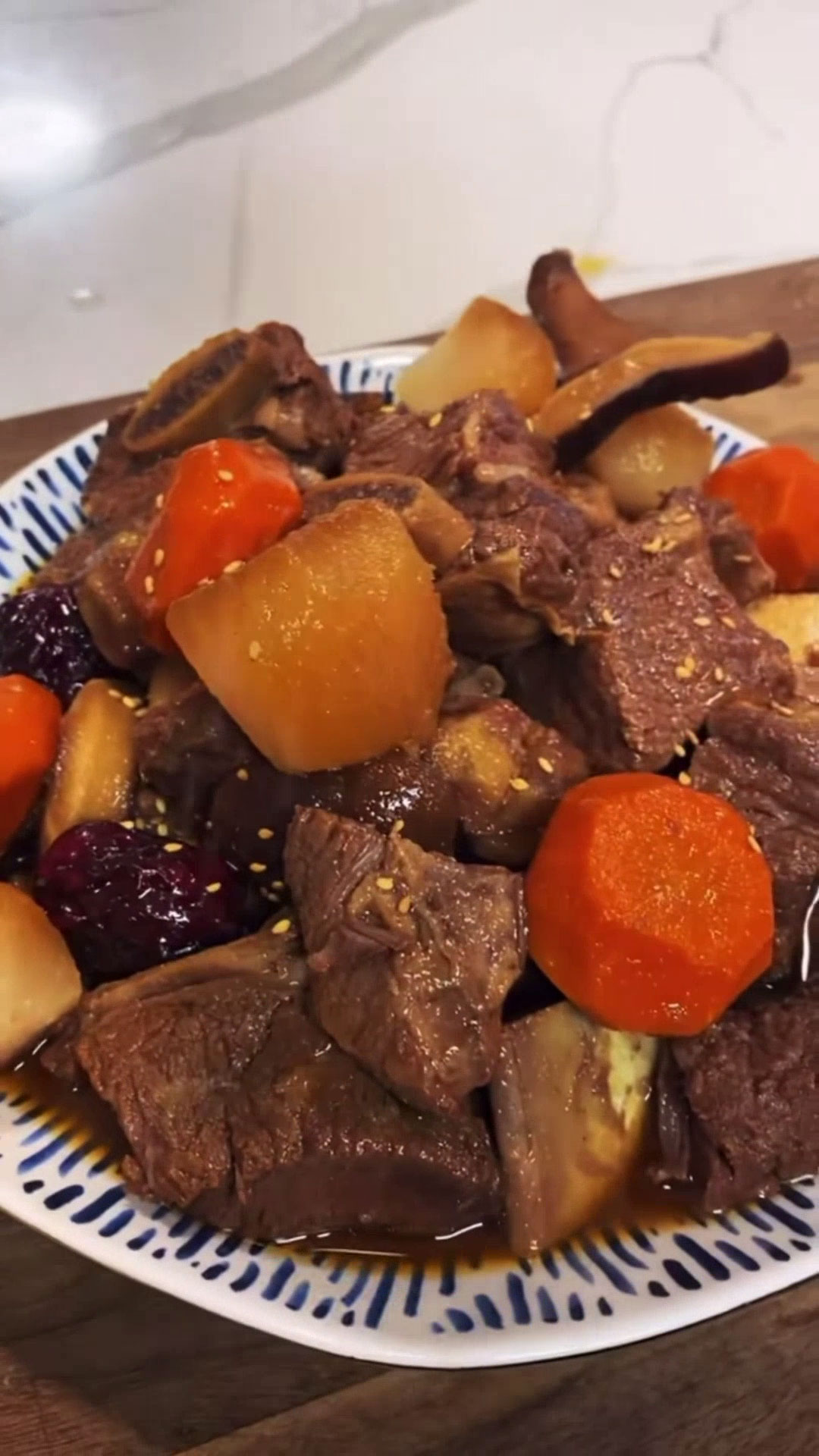
One of the key things I learned when cooking this up is timing. I think the perfect galbijjim is when the meat is fork-tender, but at the same time, it is still intact. That is why I highly recommend you boil it only for an hour and fifteen minutes. That way, the meat stays together, and you get to munch off the bones!
Another one is to make it look nice. Once the stew is cooked, drain the sauce into another bowl so you can remove the cinnamon stick, scallions, etc. Afterward, try to shape the carrots and radishes in circles. That way, it’s both appealing in sight, smell, and taste. Perfect!
You have the option to keep the sauce a bit more thin and saucy or you can boil it a little bit longer to thicken it up. No need to add the slurry, but it should look like a perfect glaze in no time. Either way, you boil it separately and add it back to the meat before serving.
TIP: While there are radish and carrots in this dish already, adding potatoes is also great in braised short ribs. It will absorb all the sauce and will be just as tasty as the meat!
Serving Galbi Jjim
Galbi Jjim is served with rice and napa cabbage kimchi or radish kimchi, hands down. The rice perfectly absorbs the sauce and the kimchi would cut through all the savor. For any leftovers, this is one of those dishes that taste better overnight. Just keep it in a clean container in the fridge.
Other Korean stews you might like:
Make sure to leave a rating, a comment, or tag me on Facebook, Instagram, or Tiktok when you chop them up! Yeobosayo!
Korean Braised Beef Short Ribs (Galbi Jjim)
Ingredients
- 5 cups Water
- 3/4 cup Soy Sauce
- 2/3 cup Brown Sugar
- 8 pcs Peppercorns
- 1/2 stick Cinnamon Stick
- 160 grams Radish Unchopped
- 2 stalks Scallions
- 5 tbsp Sake
- 5 tbsp Mirin
- 40 grams Onion
- 30 grams Garlic
- 40 grams Korean Pear
- 5 grams Ginger
- 5 pcs Jujubee
- 3 pcs Shiitake Mushrooms Sliced
- 100 grams Carrots Shaped into circles
- 5 pcs Uncooked Chestnuts Peeled
- 3 lbs Beef Short Ribs
Instructions
- Soak the short ribs in water for an hour or two to remove the iron in the meat.
- Place the meat in a big pot and add the water, soy sauce, brown sugar, peppercorns, cinnamon stick, radish, scallions, mirin, and sake.
- Blend the onion, garlic, Korean pear, and ginger, then add it to the pot.
- Start boiling the seasoned meat on high.
- Once it starts to boil, put it in medium high heat and start to put in the jujubee, mushrooms, carrots, potatoes, and chestnuts. Let it simmer covered for 40 minutes to an hour and fifteen minutes.
- In the middle of boiling, make sure to remove any scum floating on top of the stew.
- Once the time is up, check for the doneness of the beef, remove from heat, then skim out the oil.
- Drain the sauce in a clean bowl and start removing the unnecessary ingredients not commonly eaten like the cinnamon stick.
- Shape the radish, carrots, and potatos to your liking.
- Optional: When you seperate the sauce and meat, you can boil the sauce to thicken it up and be placed back to the meat afterward.
- Once you place back the sauce with the meat, you can serve it with rice and kimchi. Enjoy!

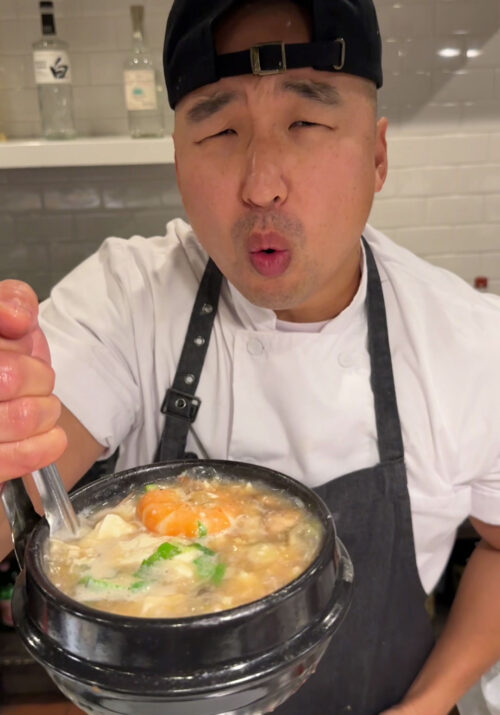

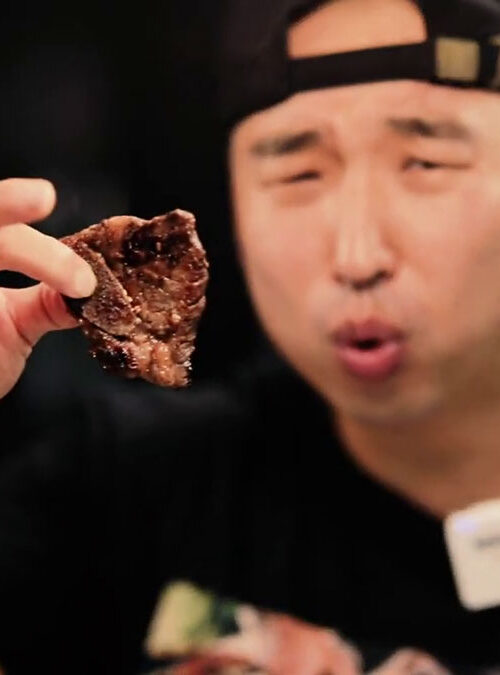


Leave a Reply